Accordingly, the National Power Development Plan for the 2021-2030 period, with a vision to 2050 (referred to as Power Plan VIII) was approved on May 15, 2023 and adjusted according to Decision No. 1710/QD-TTg dated December 31, 2024 of the Prime Minister on approving the task of preparing and adjusting Power Plan VIII , ensuring 4 requirements: (i) Highest feasibility; (ii) Ensuring energy security; (iii) Regional balance and balance of energy types; (iv) Ensuring economic growth of over 8% in 2025 and striving to reach double digits in the 2026-2030 period and people's living needs.
Development plan
Maximize the development of electricity sources from renewable energy (wind power, solar power, biomass power, etc.), continue to increase the proportion of renewable energy in the structure of electricity sources and electricity production.
| Promoting the development of onshore, nearshore and offshore wind power. Illustrative photo |
Specifically, promote the development of onshore, nearshore and offshore wind power, solar power, especially water surface solar power in accordance with the absorption capacity of the system, the capacity to release power of the grid, evaluate electricity and reasonable transmission costs associated with ensuring operational safety and overall economics of the power system, making the most of existing grid infrastructure...
By 2030, the total onshore and nearshore wind power capacity will reach 26,066 – 38,029 MW (total technical potential in Vietnam is about 221,000 MW). Priority will be given to arranging new planned wind power sources in localities with good wind potential and difficult economic conditions.
Maximize the technical potential of offshore wind power in our country (about 600,000 MW) to produce electricity and new energy. The total offshore wind power capacity serving domestic electricity demand is about 6,000 MW-17,032 MW, expected to operate in the period 2030-2035. Orientation to 2050 is 113-139,097 MW. Estimated offshore wind power capacity for new energy production is about 15,000 MW in 2035 and about 240,000 in 2050.
Vietnam's solar power potential is about 963,000 MW. By 2030, the total capacity of solar power sources (including concentrated solar power and rooftop solar power, excluding solar power sources according to Clause 5, Article 10 of Electricity Law No. 61/2024/QH15) will reach 46,459 -73,416 MW; by 2050, the total capacity is expected to be 293,088 - 295,646 MW.
Prioritize and encourage the development of biomass power, electricity produced from waste and solid waste to utilize agricultural and forestry by-products, wood processing, etc. By 2030, the total capacity of biomass power sources will be about 1,523 - 2,699 MW; electricity produced from waste and solid waste will be about 1,441 - 2,137 MW; geothermal power and other new energy will be about 45 MW. By 2050, biomass power will be about 4,829 - 6,960 MW; electricity produced from waste and solid waste will be about 1,784 - 2,137 MW; geothermal power and new energy will be about 464 MW.
At the same time, exploiting the maximum economic and technical potential of hydropower sources (the total maximum potential in Vietnam is about 40,000 MW) on the basis of ensuring the environment, protecting forests, and protecting water security. By 2030, the total capacity of hydropower sources, including small hydropower, will reach 33,294 - 34,667 MW, with a target of 40,624 MW by 2050.
Regarding power storage sources: Develop pumped storage hydropower plants with a capacity of about 2,400-6,000 MW by 2030; by 2050, pumped storage hydropower capacity will reach 20,691-21,327 MW to regulate load, reserve capacity and support the integration of large-scale renewable energy sources.
Storage batteries are developed to serve system needs and combine with renewable energy, distributed near wind and solar power centers or on the power system at load centers. By 2030, it is expected to reach a capacity of 10,000 - 16,300 MW; by 2050, the storage battery capacity will reach 95,983 - 96,120 MW to match the high proportion of renewable energy.
| By 2050, the total solar power capacity is expected to reach 293,088-295,646 MW. |
Regarding the development of nuclear power sources, in the period of 2030-2035, Ninh Thuan Nuclear Power Plants 1 and 2 with a scale of 4,000 - 6,400 MW will be put into operation. In the period up to 2050, the system needs to add about 8,000 MW of nuclear power to provide base power and can increase according to demand.
Regarding coal power, by 2030, the total capacity of operating plants and projects under construction is expected to be completed and put into operation at about 31,055 MW; urgently complete 5 projects /4,360 MW under construction including: Na Duong II, An Khanh - Bac Giang, Vung Ang 2, Quang Trach 1, Long Phu I.
For 3 projects /5,300 MW (Nam Dinh I, Song Hau II, Vinh Tan 3) but facing difficulties in arranging capital and changing investor structure, the Ministry of Industry and Trade will continue to discuss and negotiate with investors to propose solutions according to regulations.
By 2050, the orientation is to no longer use coal for electricity generation, completely switching to using biomass/ammonia, with a total capacity of 25,798MW.
Regarding gas-fired thermal power: Prioritize the maximum use of domestic gas for power generation. In case of a decrease in domestic gas output, supplement it with natural gas or LNG. Develop projects using LNG and synchronous LNG import infrastructure with appropriate scale, using modern technology. Implement a roadmap to convert fuel to hydrogen when the technology is commercialized and the price is suitable.
By 2030, the total capacity of domestic gas plants will reach 10,861 - 14,930 MW; by 2050, about 7,900 MW will continue to be used domestically or switch to LNG, and 7,030 MW is expected to switch to completely hydrogen.
LNG thermal power, suitable development of LNG power sources if there are alternatives to reduce dependence on imported fuel. By 2030, the total capacity of LNG power sources will reach 22,524 MW; in the period of 2031-2035, the approved Long Son and Long An II LNG power projects will be put into operation or the progress can be accelerated if conditions are favorable, some projects will be put into reserve, other projects will be delayed or have high load to catch the wave of investment in Vietnam.
Orientation for 2050, factories using LNG with hydrogen combustion 8,576 -11,325; LNG CCS gas thermal power (new construction, installation of carbon capture and storage equipment) total capacity 1,887-2,269 MW...
In addition, the adjusted Power Plan VIII also clearly states: Prioritize the development of renewable energy sources for export. By 2030, increase the scale of electricity exports to Cambodia to about 400 MW. It is expected that by 2035, the scale of electricity export capacity to Singapore, Malaysia and other partners in the region will reach about 5,000 - 10,000 MW and maintain a scale of 10,000 MW until 2050, possibly higher depending on the needs of the importer on the basis of high economic efficiency, ensuring domestic energy security and national defense security.
During the process of implementing the Power Development Plan, the Ministry of Industry and Trade will regularly review and report to the Prime Minister on the development of power sources to promptly recommend and adjust the power development plan and program to suit the actual implementation situation.
About power source structure
By 2030: Total capacity of power plants serving domestic demand (excluding export) is 183,291 - 236,363 MW, of which: Onshore and nearshore wind power 20,066 - 38,029 MW, accounting for 14.2% - 16.1%; Offshore wind power 6,000 - 17,032 MW put into operation in the period of 2030 - 2035, progress can be accelerated if conditions are favorable and prices are suitable.
Solar power (concentrated solar power and rooftop solar power, excluding solar power sources according to Clause 5, Article 10 of Electricity Law No. 61/2024/QH15) 46,459 -73,416 MW (accounting for 25.3 -31.1%).
Biomass electricity 1,523 - 2,699 MW, electricity produced from waste 1,441 - 2,137 MW, geothermal electricity and other new energy about 45 MW; can be deployed on a larger scale if there are enough raw materials, effective land use, environmental treatment needs, grid infrastructure allows, electricity prices and transmission costs are reasonable.
Hydropower 33,294 - 34,667 MW (accounting for 14.7 - 18.2%) can develop further if the environment, forest protection, and water security are ensured.
Nuclear power plants with a capacity of 4,000-6,400 MW put into operation in the 2030-2035 period can be accelerated if conditions are favorable.
Storage sources of 10,000 - 16,300 MW account for 5.5-6.9%; Coal-fired thermal power 31,055 MW (accounting for 13.1-16.9%); Domestic gas-fired thermal power 10,861 -14,930 MW, accounting for 5.9-6.3%; LNG thermal power 22,524 MW accounts for 9.5-12.3%.
Flexible power source (thermal power using LNG, oil, hydrogen fuel... with high operational flexibility) 2,000 - 3,000 MW (accounting for 1.1 -1.3%); Pumped storage hydropower 2,400 -6,000 MW.
Import 9,360 - 12,100 MW of electricity from Laos and China (accounting for 4.0 - 5.1%), maximizing the scale of electricity import from Laos according to the Agreement between the two Governments or accelerating the time of electricity import from Laos to the Northern region if conditions are favorable.
Regarding participation in direct power purchase agreement (DPPA) and new energy production: According to current statistics, the number of large customers consuming 1 million kWh/year or more accounts for about 25% of the total electricity output of the entire system (with about over 1,500 customers).
By 2030, the scale of electricity exports to Cambodia will increase to about 400 MW. It is expected that by 2035, the capacity of electricity exports to Singapore, Malaysia and other partners in the region will be about 5,000 - 10,000 MW, possibly higher depending on the needs of the importer on the basis of high economic efficiency, ensuring domestic energy security and national defense security.
Orientation to 2050: Total capacity of power plants serving domestic demand (excluding export) is 774,503 - 838,681 MW.
Of which, onshore and nearshore wind power is 84,696-91,400 MW (accounting for 10.9%); offshore wind power is 113,503 -139,079 MW (accounting for 14.7 -16.6%); solar power includes: concentrated solar power and rooftop solar power is 293,088 -295,646 MW (35.3% -37.8%); biomass power is 4,829 -6,960 MW, electricity produced from waste is 1,784 - 2,137 MW, geothermal power and other new energy is about 464 MW.
Nuclear power 10,500-14,000 MW (accounting for 1.4-1.7%); Hydropower 40,624 MW (accounting for 4.8-5.2%); Storage power source 95,983-96,120 MW (accounting for 11.5-12.4%) along with domestic gas power sources, thermal power using biomass/ammonia/domestic gas thermal power and switching to using LNG, electricity imported from Laos and China...
Participation in DPPA and new energy production accounts for about 30-60% of total electricity production from renewable energy or higher depending on market development conditions.
Details of adjusted Power Plan VIII can be found here.
Source: https://moit.gov.vn/tin-tuc/phat-trien-nang-luong/chinh-thuc-phe-duyet-quy-hoach-dien-viii-dieu-chinh.html


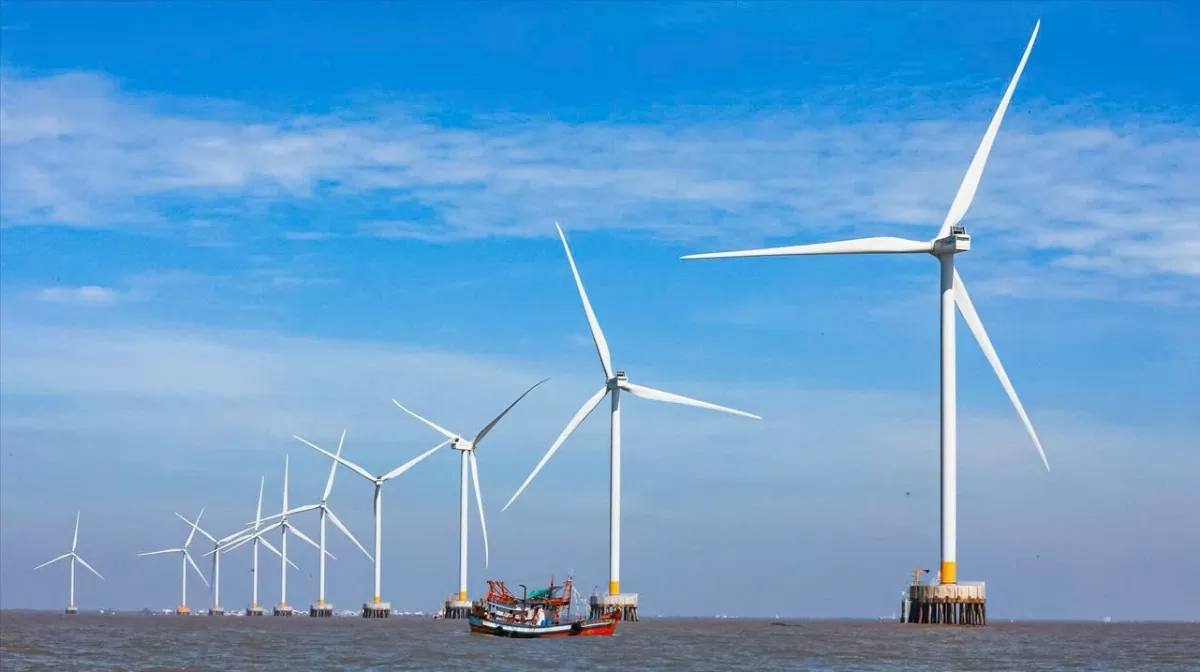




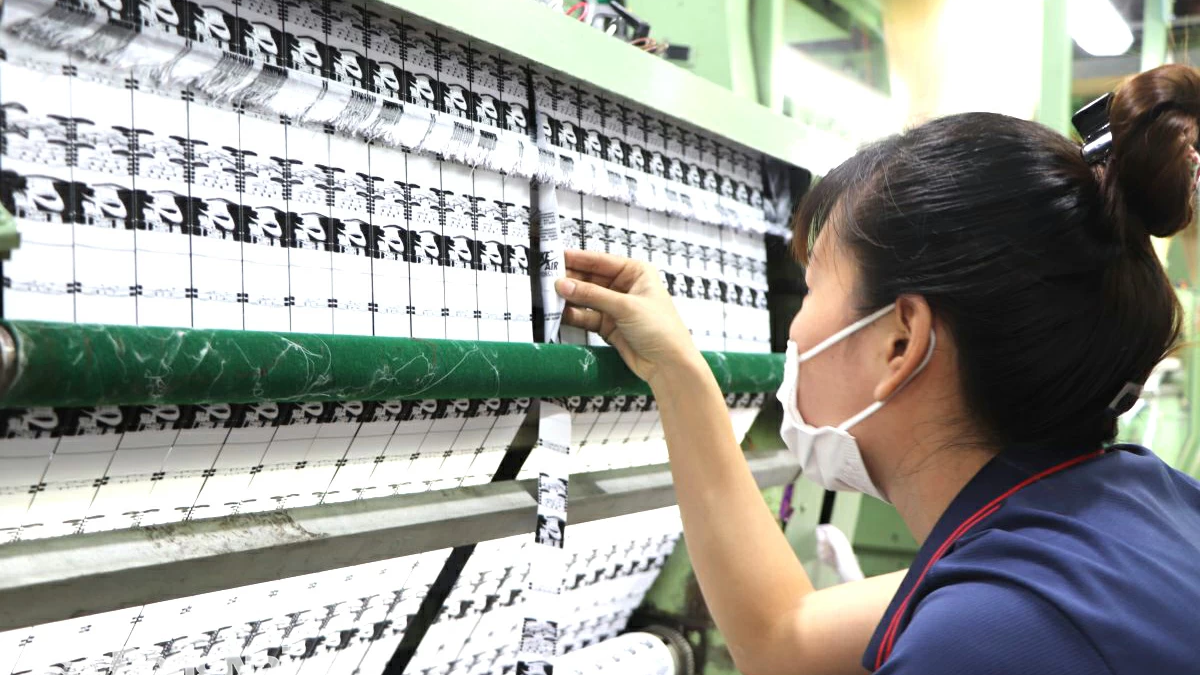




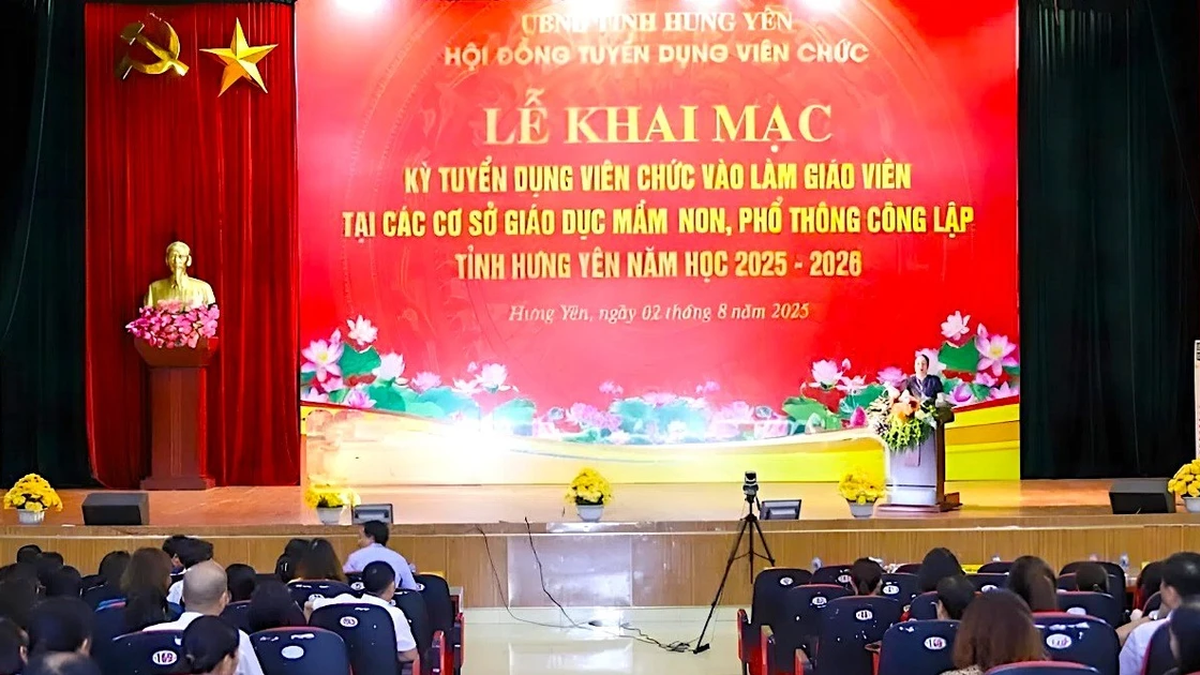













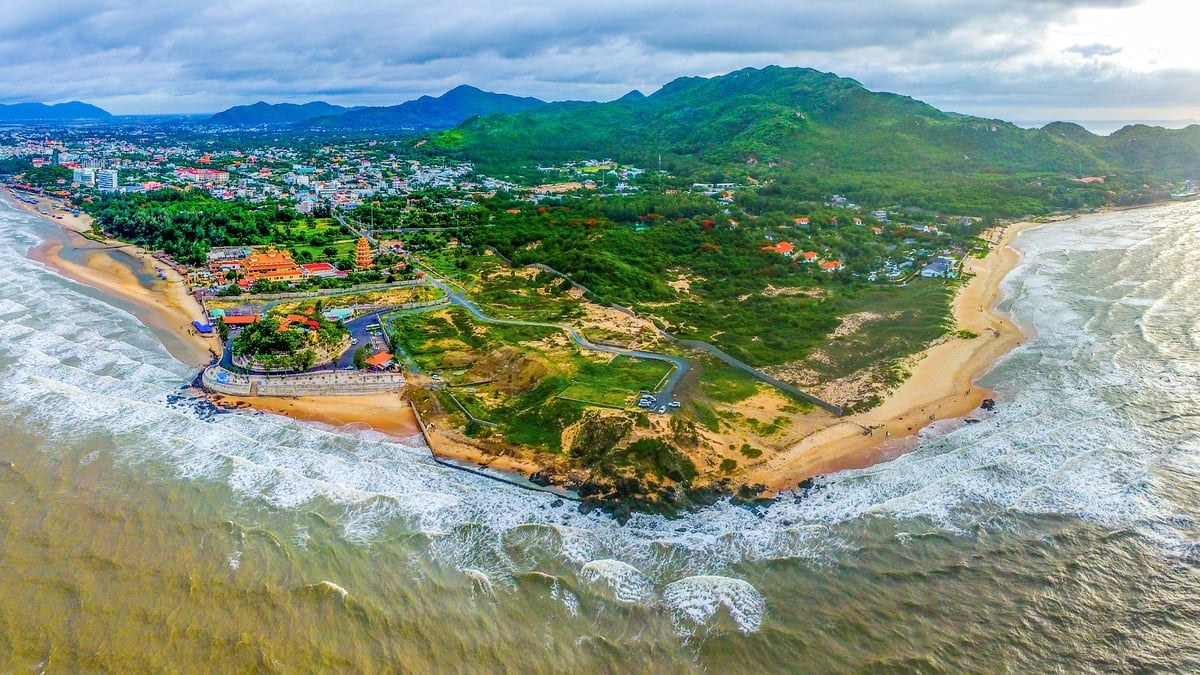
















































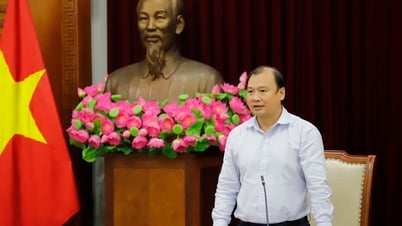

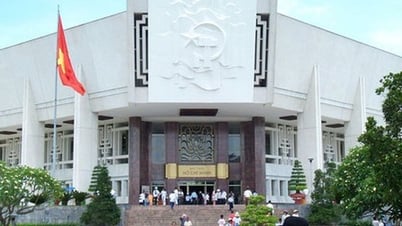

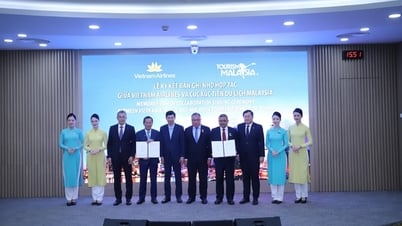
























Comment (0)